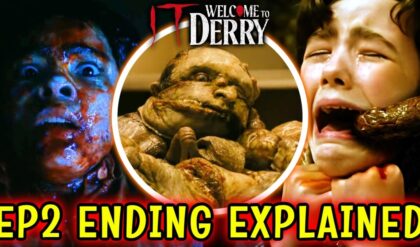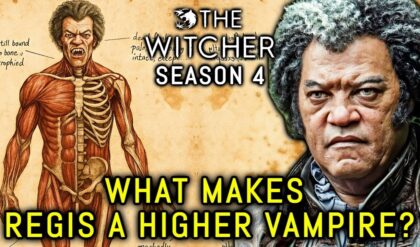The Walking Dead, a cultural phenomenon that premiered on AMC in 2010, is renowned for its harrowing depiction of a zombie apocalypse. Yet, beneath the surface of groaning walkers and desolate landscapes lies a chilling truth: the undead may be relentless, but it’s the living who often pose the greatest threat. While zombies are predictable in their hunger, humans wield cunning, cruelty, and calculated evil that far surpass the primal instincts of the walkers. Across its eleven seasons, the show has delivered countless moments where humanity’s darker side takes center stage, proving that in a world overrun by the dead, the living can be far scarier. Here, we explore eight pivotal instances where The Walking Dead showcased the terrifying depths of human nature, drawing from key events and supplementing with broader context to underscore this recurring theme.
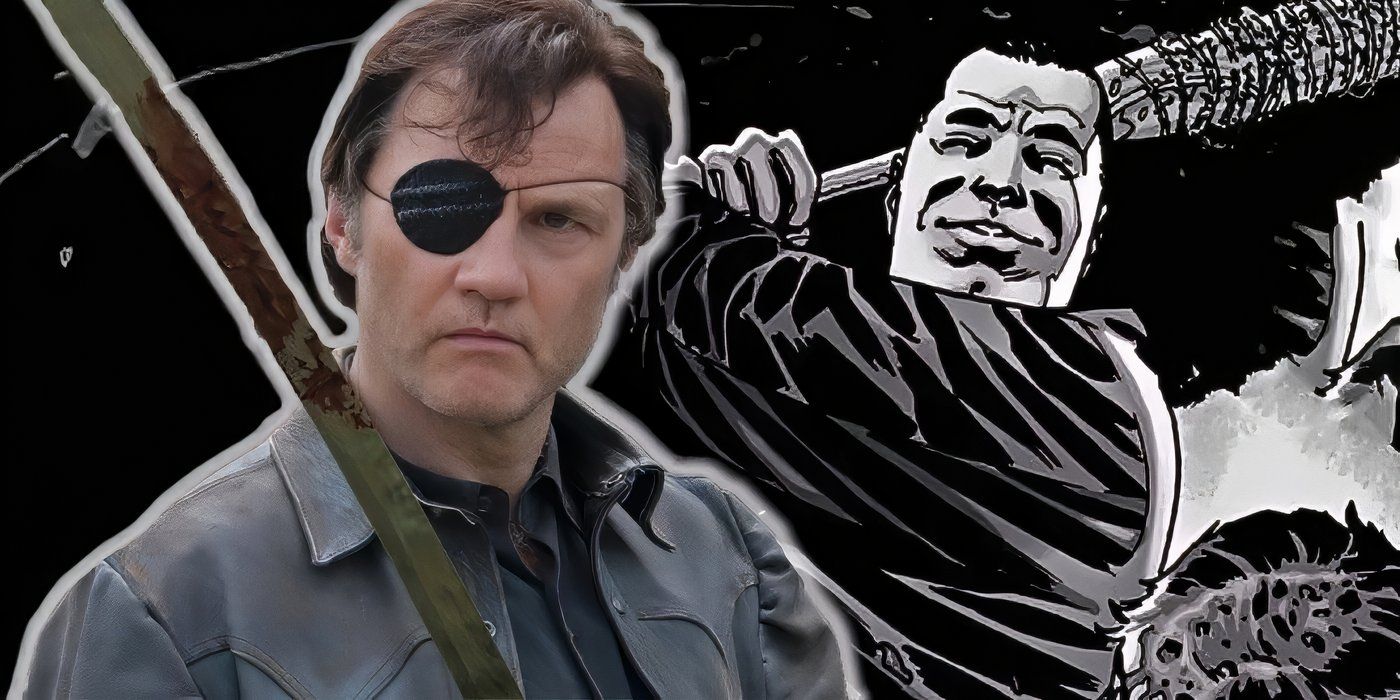
1. Shane’s Betrayal of Rick (Season 1, Episode 6: “TS-19”)
The first major human threat emerges early in the series with Shane Walsh, Rick Grimes’ best friend and fellow police officer. Before the apocalypse, Shane was a loyal companion, but the collapse of society unravels his moral compass. In “TS-19,” Shane’s descent becomes evident as his jealousy over Rick’s reunion with Lori and Carl festers. This tension peaks later in Season 2’s “Better Angels,” where Shane lures Rick into the woods with intent to kill him, only for Rick to turn the tables in self-defense. Unlike walkers, whose danger is overt, Shane’s betrayal is insidious—a friend turned foe exploiting trust. This moment sets the tone for the series: humans, with their capacity for deception, can wound deeper than any bite.
Shane’s arc reflects a broader truth about survival. In a 2012 Atlantic article, Daniel Drezner notes that zombie stories are less about the undead and more about human reactions to chaos. Shane’s transformation from protector to predator illustrates how quickly societal norms erode, revealing the latent savagery within.
2. The Governor’s Reign of Terror (Season 3, Episode 10: “Home”)
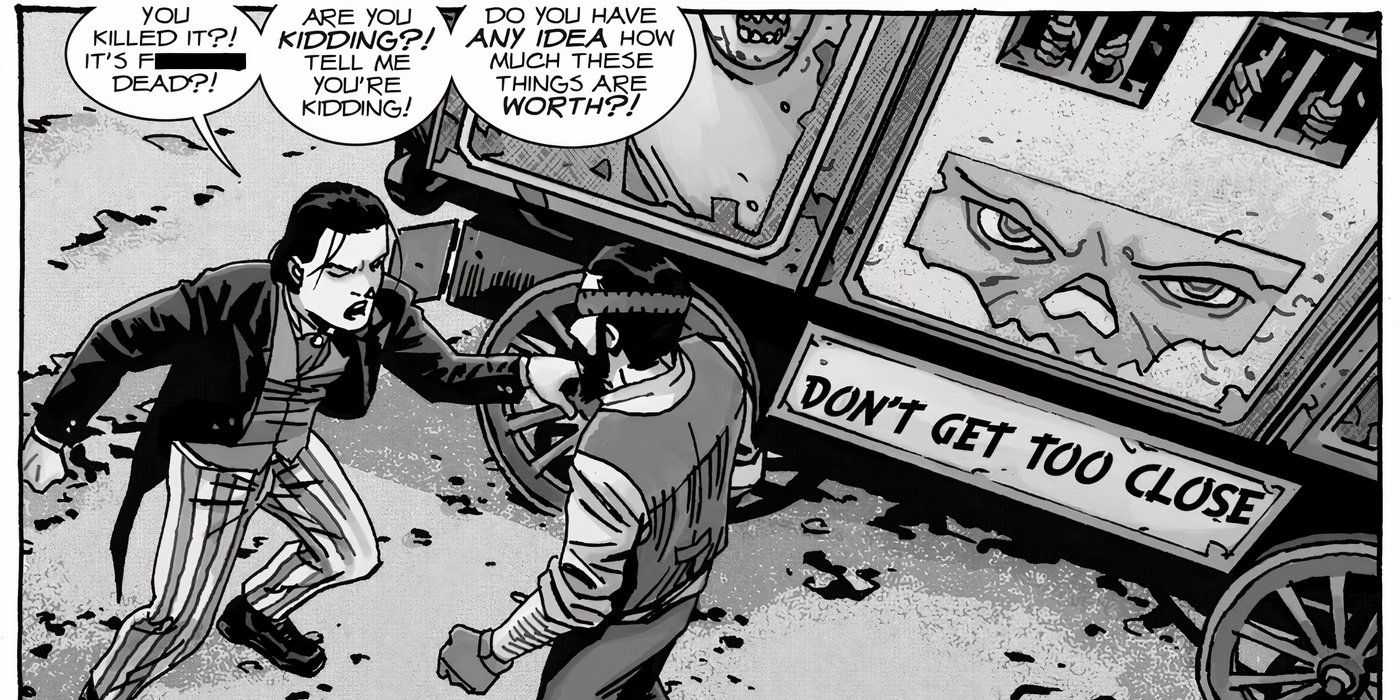
Enter Philip Blake, aka The Governor, a charismatic yet psychopathic leader of Woodbury. His facade of civility masks a sadistic streak, most starkly displayed when he attacks the prison in “Home.” Leading an assault that kills Axel and nearly destroys Rick’s group, The Governor proves that organized human malice outstrips the chaos of walkers. His penchant for keeping zombified loved ones—feeding them human flesh—and his brutal execution of dissenters amplify his menace. Unlike the mindless walkers, The Governor’s actions are deliberate, driven by a twisted desire for power and revenge.
The Governor’s reign highlights a recurring theme: humans can weaponize intelligence against their own kind. A ScreenRant piece from March 2025 notes that his ability to blend into society while plotting destruction makes him a uniquely terrifying antagonist, far beyond the predictable threat of the undead.
3. Thomas Richards’ Hidden Evil (Season 2, Episode 3: “Save the Last One”)
At the prison, Rick’s group encounters Thomas Richards, an inmate who initially seems benign. Posing as a petty criminal, Thomas integrates into the group, only to reveal his true nature as a convicted child-murderer. In a horrifying act, he kills Maggie’s younger sisters, Susie and Rachel, shattering the illusion of safety within the prison walls. His ability to deceive—hiding his monstrous past while living among survivors—underscores a chilling reality: walkers announce their danger, but humans like Thomas lurk undetected until they strike.
This moment echoes a GamesRadar+ article from 2016, which lists instances where human unpredictability trumps zombie threats. Thomas’ calculated cruelty, masked by normalcy, exemplifies how the living can exploit trust in ways the undead never could.
4. The Hunters’ Cannibalistic Traps (Season 5, Episode 1: “No Sanctuary”)
The Terminus arc introduces the Hunters, a group of cannibals who lure survivors with promises of sanctuary, only to butcher and eat them. In “No Sanctuary,” Rick and his group narrowly escape a slaughterhouse setup, witnessing the Hunters’ methodical dismemberment of captives. Unlike walkers, who eat out of instinct, the Hunters choose cannibalism as a lifestyle, building a community around it. Their traps—baited with hope—demonstrate a level of premeditation that makes them more horrifying than the shambling dead.
This episode taps into a primal fear of betrayal. As a 2025 ScreenRant analysis points out, the Hunters’ humanity makes their actions worse than zombie predation—they know the moral weight of their choices yet revel in them, embodying a descent into barbarism.
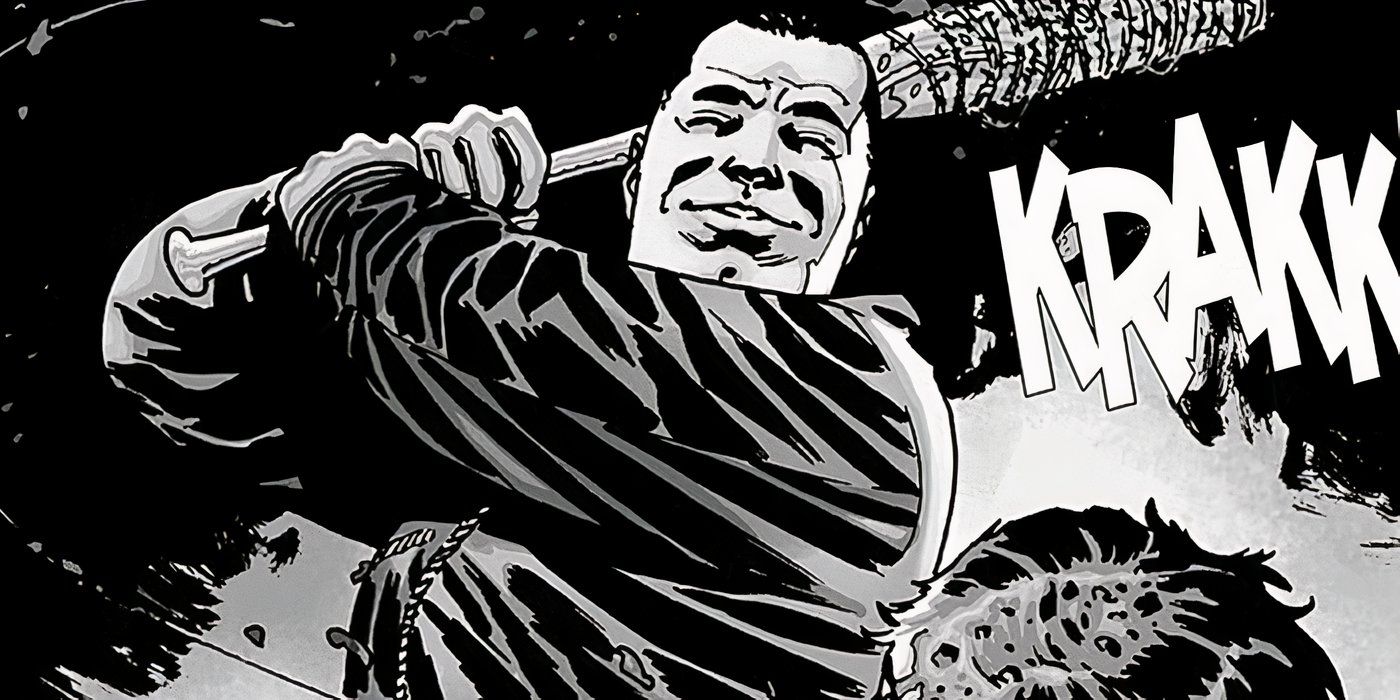
5. The Wolves’ Ruthless Assault (Season 6, Episode 2: “JSS”)
The Wolves, a feral gang marked by carved “W”s on their foreheads, storm Alexandria in “JSS,” slaughtering residents with gleeful abandon. Unlike walkers seeking flesh for sustenance, the Wolves kill for sport, wielding machetes and indifference to human life. Their attack—coinciding with Carol’s transformation into a remorseless killer—blurs the line between victim and villain. The Wolves’ lack of motive beyond chaos amplifies their terror; they’re not surviving, they’re thriving in anarchy.
A CBR article from 2019 ranks this episode among the scariest, noting the Wolves’ human agency as a stark contrast to walker instinct. Their savagery proves that intent can be more frightening than mindless hunger.
6. Negan’s Brutal Introduction (Season 7, Episode 1: “The Day Will Come When You Won’t Be”)
Few moments in The Walking Dead are as infamous as Negan’s debut. Wielding his barbed-wire bat, Lucille, Negan bashes Abraham and Glenn to death in front of their helpless group, reveling in the psychological torment. His charisma, paired with ruthless violence, makes him a human monster whose control over the Saviors amplifies his threat. Walkers don’t gloat or manipulate; Negan does both, turning survival into a game of submission.
A Nerdist piece from 2023 calls this one of the series’ most frightening episodes, emphasizing Negan’s ability to dominate through fear. His human intellect, wielded for sadistic ends, outshines the walkers’ brute force.
7. Beta and the Whisperers’ Deception (Season 9, Episode 6: “Who Are You Now?”)
The Whisperers elevate human terror by masquerading as walkers, wearing their skin to blend into herds. Beta, their towering enforcer, embodies this menace in “Who Are You Now?” when he orchestrates ambushes that kill Jesus and others. The Whisperers’ strategy—using the dead as camouflage—combines human cunning with zombie unpredictability, creating a hybrid threat. Their willingness to live among corpses, rejecting civilization, marks them as a perverse evolution of humanity.
ScreenRant’s 2024 ranking of franchise scares praises this graveyard sequence for its psychological horror. Beta’s silent, calculated brutality proves humans can adapt in ways that make them deadlier than the dead.

8. Lizzie’s Twisted Innocence (Season 4, Episode 14: “The Grove”)
Perhaps the most haunting example comes from within: Lizzie Samuels, a child who believes walkers are still human. In “The Grove,” she murders her sister Mika to “prove” they can come back, forcing Carol to execute her in a gut-wrenching scene. Lizzie’s innocence, warped by the apocalypse, reveals a terror unique to humans: the capacity to rationalize evil. Walkers don’t justify their actions; Lizzie does, making her a tragic, terrifying figure.
Vanity Fair’s 2010 recap notes the show’s strength in remembering walkers were once human, but Lizzie’s story flips this—her humanity itself becomes the horror. A CBR piece from 2019 calls this episode a peak of emotional dread, driven by human complexity.
Conclusion
The Walking Dead’s walkers are a constant menace, but their predictability pales beside the living’s capacity for betrayal, sadism, and moral collapse. From Shane’s treachery to Lizzie’s delusion, these eight moments—spanning deceitful allies, tyrannical leaders, and broken minds—illustrate that humans wield a terror zombies cannot match. As Robert Kirkman’s creation reminds us, the apocalypse doesn’t just unleash the dead; it unmasks the living. In a world of walkers, it’s the human heart that proves most monstrous—and most frightening.
